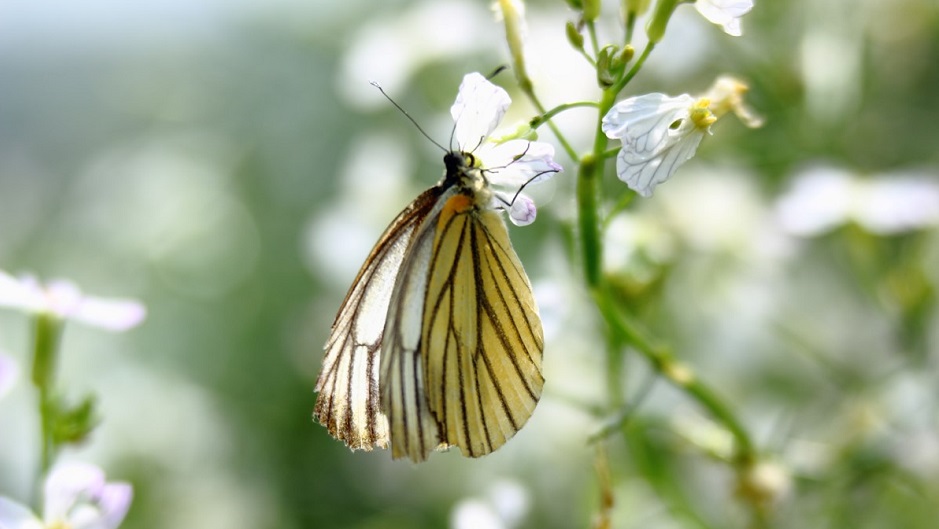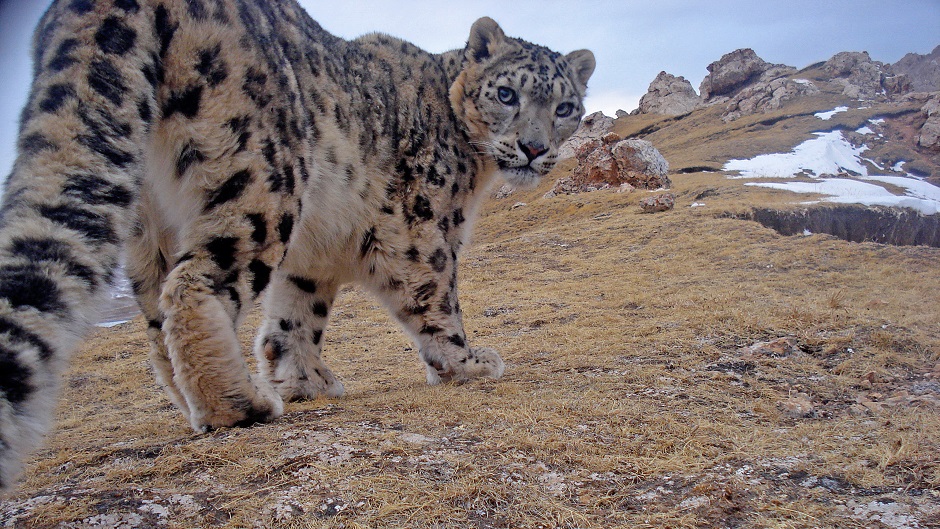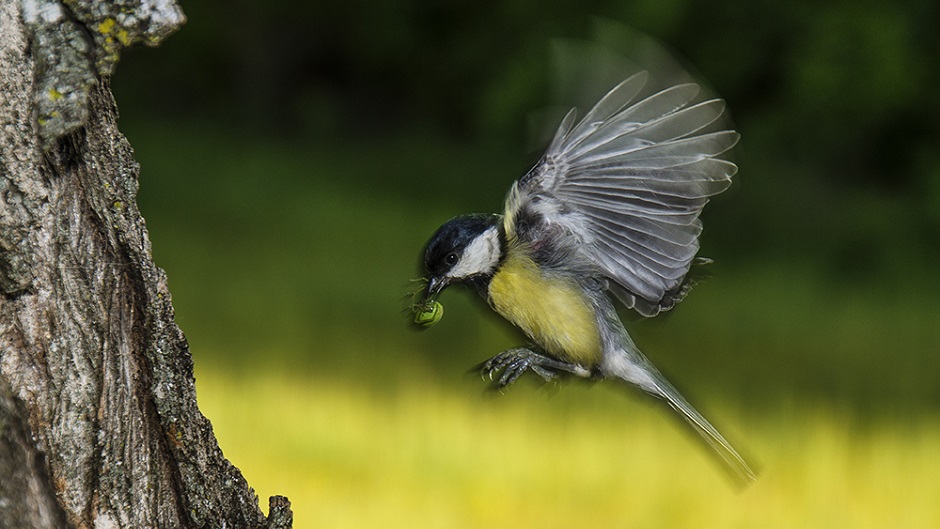21 May 2021
In part four of our biodiversity series, Dr Yi Zou of Xi’an Jiaotong-Liverpool University’s Department of Health and Environmental Sciences talks to us about insect biodiversity.
Why did you choose to study insects and arthropods?
They’re incredibly diverse. Insects are the most diverse group on Earth – they account for more than 50 percent of all described species. And they’re challenging to measure.

Cabbage butterfly (Pieris rapae) adults are pollinators, while larvae are pests
Tell me more about your research.
My research focuses on three areas:
Firstly, I study how we can conserve insect biodiversity while still allowing for human development, specifically agriculture.
My second area is also related to agriculture: on farmland, insects can provide many ecosystem services, like pollination and pest control. I research how much they currently do and what’s possible for them to do.
Then, thirdly, I’m interested in how we can more effectively measure biodiversity. My focus is, of course, insects, but you can apply this method to any species.
Why is it important to conserve insects?
Insects play a crucial role in the ecosystem, but they’re easy to ignore. However, it’s important to pay attention to them because if we lose a few species, maybe we’ll lose an entire function.
People are already aware of the decline in bees because they know our food systems rely on their pollination. But we have to keep in mind that many species have less obvious functions. Insects are as important as mammals; they’re just small. If there were no insects, the ecosystem would collapse.

A Cychrus morawitzi ground beetle
Is there a particular species you find fascinating?
The ground beetle (Carabidae), because it’s such a diverse group. It’s just one family, but it has more than 40,000 species. That’s more than the total number of plant species in China!
They’re also sensitive to environmental changes, so they can be used to indicate the biodiversity in an area.
We did a study comparing the biodiversity in primary forests (those that have never been cut down) with secondary forests (those that were cut down and regrown).
Using the ground beetle as a bioindicator, we proved that secondary forests are not “green deserts” but are actually almost as diverse as primary protected forests.

Typical small-scale agricultural landscapes in southeast China
Tell me more about your agricultural research.
I try to learn more about maintaining biodiversity while still ensuring agricultural land has enough output for human needs.
Many parts of China traditionally have smallholder farms, where small plots of land are given to different households. Because of how these plots are bordered and managed, they contain many varied species in the margins. But now, the consolidation project changes traditional farms into consolidated land. This could increase the yield, but it will also decrease pollinator diversity, which may have more severe effects later.
To counteract this, we suggested finding out how much semi-natural habitat is needed around the fields to compensate for the loss.
I’m also doing a global meta-analysis on land sharing versus land sparing. Land sparing is where we separate agricultural land from protected land and use the farmland intensively. Land sharing is where we allow biodiversity to thrive on agricultural land. You can’t say one is hands-down better, but I’m trying to determine which strategy is more suited to which areas.
You talked about all the good things insects do for agriculture. But what about pests?
This is another issue that causes conflicts between farmers and conservationists. Using pesticides damages biodiversity, so we want to figure out how to reduce its use. One way is through biological pest control, which is using natural enemies of unwanted species.
In a study of 20 farmers, we found that most of them lost money when they used pesticides because the biological pest control was already robust in that area. Some farmers didn’t understand that not all insects are harmful to their crops, and they’d spray regardless.
The farms that sprayed pesticides increased their yield on average by 20 percent, which sounds good until you consider the cost of the pesticide and the farmer’s time and labour. If you minus those, we found the farmers who sprayed lost an average of about 600 RMB per hectare.

A farmer spraying pesticide in a rice field, surrounded by semi-natural habitat; photo courtesy of Joop de Kraker
How can a farmer control pests in a less harmful way?
There are a couple of things. One is to take into account the landscape and local ecology when designing farmland. Maybe you can include some semi-natural habitat that will attract pests’ natural enemies.
However, if you have pests and want to kill them now, you can buy natural enemies such as lady beetles and wasps, which are usually cheaper than pesticides. However, it’s important to do your research first! Always be careful when bringing a new species to an area.
What can scientists do to further the goals of biodiversity?
All human beings benefit from the ecosystem services that biodiversity provides, but we often don’t realise it. So one thing scientists can do is understand these services, raise public awareness, and provide support for policymakers.
What role can Chinese scientists play in the global biodiversity goals?
China is experiencing fast economic growth at the moment, so we are also facing a conservation crisis as a result. There’s been a lot more emphasis on conservation, and we’ve learned many important lessons that I believe we should share with the rest of the world.
By Patricia Pieterse
21 May 2021
RELATED NEWS

Biodiversity: Snow leopards with Dr Lingyun Xiao
Dr Lingyun Xiao, of the Department of Health and Environmental Sciences, talks to us about her big cat research. Snow leopard cubs; courtesy of Peking Uni...
Learn more

Biodiversity: Birds with Dr Emilio Pagani-Núñez
In part three of our series on biodiversity, Dr Emilio Pagani-Núñez, of Xi'an Jiaotong-Liverpool University's Department of Health and Environmental Sciences...
Learn more

Biodiversity: Land use with Dr Li Li
In part two of our series on biodiversity, Dr Li Li of Xi’an Jiaotong-Liverpool University’s Department of Health and Environmental Sciences talks to us abou...
Learn more







